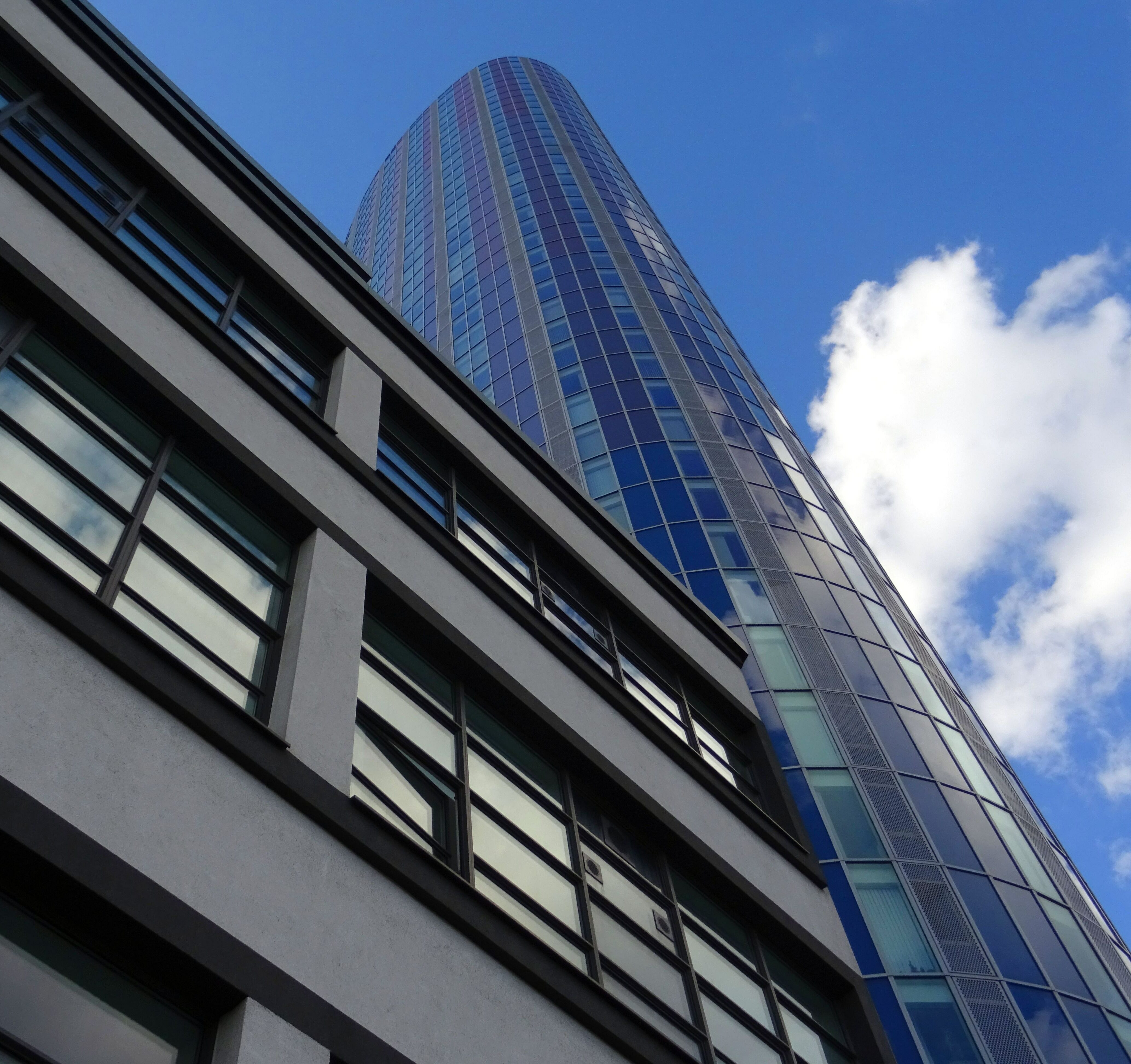
When Paul Farmer, M.D., died unexpectedly last month, Michael Murphy initially stood out among the people memorializing him because Murphy is an architect, not a physician. But Murphy was an important collaborator in Farmer’s Partners in Health, a non-profit organization that provides health care services to people in Rwanda, Haiti, Peru and many other communities across the world and in the United States. Through his designs for PIH and working together with local designers and builders, Murphy has made important contributions to medical practice with architecture that intimately affects care every day for thousands of patients.
Farmer understood that the design and construction of healthcare facilities matter deeply to patients and the people who care for them. According to Murphy, Farmer’s appreciation of architecture reached beyond practical and asthetic details to a belief that beautiful, well-designed buildings and their surroundings are a human right and contribute to justice and peace, as well as health.
In a tribute published on the website of MASS Design Group, where he is co-founder and executive director, Murphy applauds Farmer’s insight and wisdom, calling him “our greatest architect,” explaining that
…he understood design as a fundamental tool in delivering better systems, and he saw architecture as a critical, often ignored, medium through which we fully deliver our rights as citizens. Architecture is a right, he would say, because anything less is insufficient and injurious.
In The Architecture of Health: Hospital Design and the Construction of Dignity, Murphy explores these concepts at length, examining different approaches to designing buildings where the sick have been cared for across centuries. In the book’s prologue, Murphy explains that his interest in designing health care spaces is informed in part by having observed his father’s experience as a cancer patient.
Murphy recalls sitting in a New York City hospital near the end of his father’s life, reflecting on the relentless beeping of alarms, mazelike corridors and windowless waiting rooms of the hospital. An architect-in-training at the time, Murphy wondered, “What has made this place so indifferent to the human experience? Why the indignity?” Where is the design?” He goes on to observe:
My father’s hospital journey probably served both his humanity and his medical condition, but rarely at the same time. The role of design is to manage this conflict. It softens the blow of our irrelevance to the systems around us, reminding us that we still matter.
I want to emphasize that the beauty and majesty of many gorgeous, high-tech hospitals in U.S. cities is not what Murphy and Farmer yearn for. The examples Murphy offers from his work with PIH are indeed beautiful and perhaps luxurious by local standards, but they offer good health practices that are appropriate, achievable and sustainable with local resources. For example, the hospital in Rwanda that was Murphy’s first project for PIH has external hallways, large windows, flexible layouts and other features designed to prevent transmission of tuberculosis and improve the experience of patients and staff. Those architectural elements were highly relevant and desirable when COVID-19 left many modern hospitals literally gasping for fresh air.
At the beginning of the coronavirus outbreak in New York City in spring 2020, Murphy’s MASS Design Group joined with Ariadne Labs to apply lessons learned through designing buildings for Partners in Health to challenges The Mt. Sinai Hospital faced in keeping its frontline clinicians safe. The project is described in a case study titled, Redesigning Hospital Spaces on the Fly to Protect Healthcare Workers.
For all that Paul Farmer accomplished in medicine and public health, he also has an important legacy in healthcare facilities made more effective by applying sophisticated lessons learned from less developed parts of the world to our modern, high-tech architecture. The result can be safe, comfortable, flexible and beautiful spaces that display respect for local materials and talent— buildings that dignify, honor and serve all who come to give and receive care.
For more on this topic, I recommend Murphy’s Ted talk, Architecture that’s built to heal.




